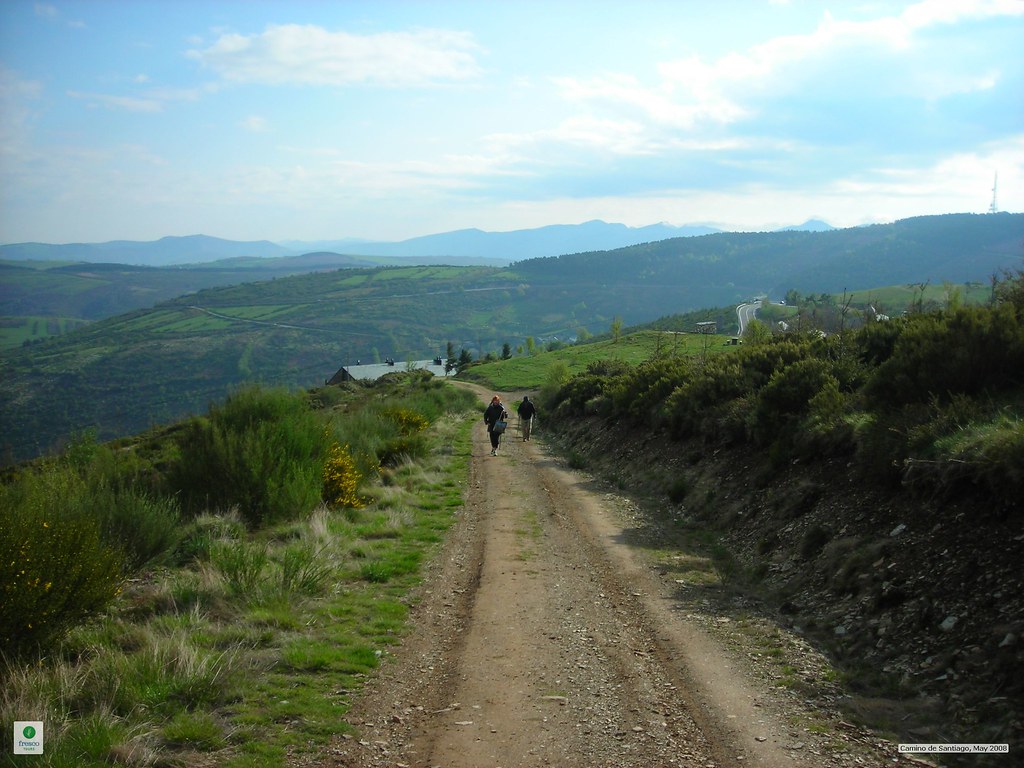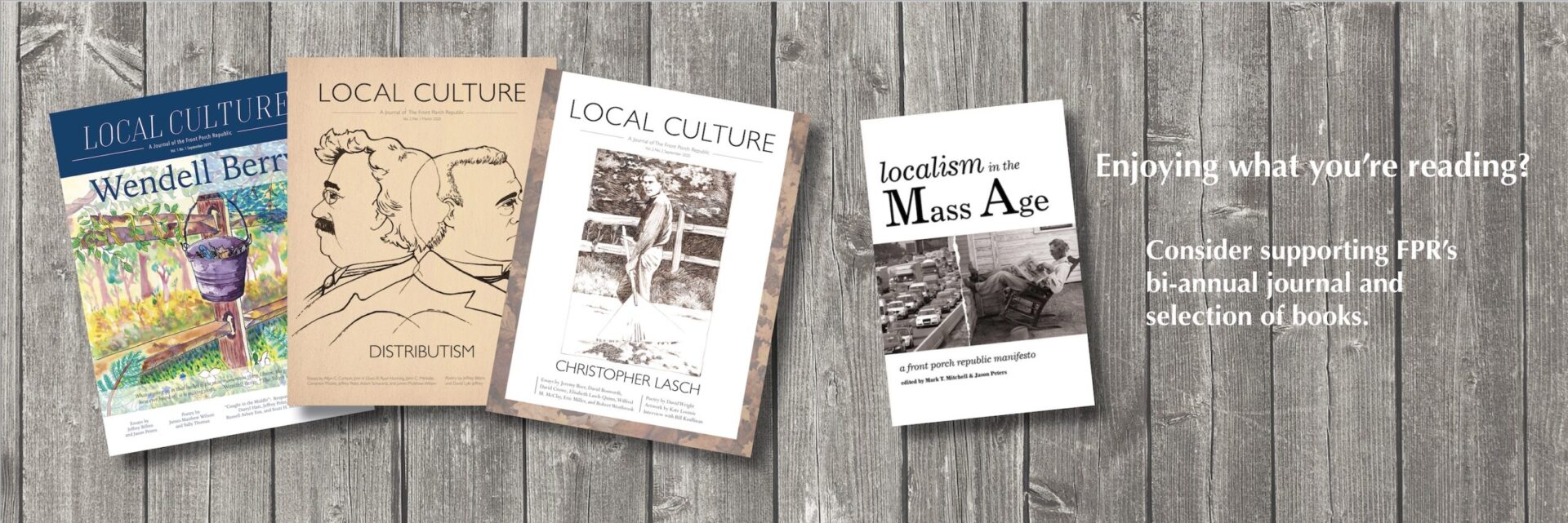Methodist history is noted more for its circuit riders than its pilgrims. Yet as a somewhat reluctant offshoot of Anglicanism—itself sometimes understood as a complicated via media diversion from both Roman Catholicism and Protestantism—the Methodist movement retains, if sporadically, a liturgical focus that makes the ancient practice of pilgrimage not altogether foreign. And so, when asked by a friend who is a Methodist pastor to join in a trek along the Camino de Santiago, or The Way of St. James, I accepted the invitation. Our band of nine then found itself traversing Spain in the awkward space somewhere between devotion and tourism, the two poles that maintain the Camino’s continued cultural relevance.
One should properly speak of the Caminos (plural), as there are a myriad of pathways to the Cathedral of Santiago de Compostela, a building which dates back to at least 1075 and the home of the purported relics of the Apostle James the Greater. Today, the most widely trekked route is the Camino Frances, or French Way, which as the name suggests begins in France and covers 680 kilometers to reach the northwestern corner of Spain. Many, though, only traverse the final 100 kilometers needed to receive an official certificate at the end of the journey. (One picks up this certificate at an office that feels like a friendlier version of the DMV.) Our group, though, took the Camino Ingles, or English Way, which begins in the Spanish port city of Ferrol, 113 kilometers from the cathedral plaza. This lesser known route is still popular enough to maintain the hospitality infrastructure of inexpensive hostels and coffee shops that allow pilgrims to sleep comfortably and start their days without overburdened packs.
That support infrastructure, beautiful scenery, and a modern notoriety outside church circles—rekindled by works such Walter Starkie’s 1957 classic The Road to Santiago—ensured that we were not the only “in betweeners” on the trail. Rather than an expression of Christianity, hiking the Caminos serves for some as a substitute basis for community. One need not scratch too hard online to find such enthusiasts oddly exhorting those making the trek to keep religion off the Camino.
Others have tried to embrace the occult. In Santiago, I came across a tour group being led by a woman dressed as a witch, and the final segment of the Camino Ingles includes a stretch unofficially dubbed the Bosque Encantado, or Enchanted Forest. It is adorned with Halloween style witch-on-a-broom imagery, probably not a traditional mode of transport for the spell-casting meigas of the local culture.
Despite these attempts to deny or recast the religious roots of the journey, many otherwise secularized trekkers are drawn, at least in part, by a sense that something spiritual is possible on the Camino. That spirituality can be vague and varied. European biblical illiteracy is such that a guidebook can mix up the Spanish region of Galicia and Galilee of the Holy Land. (No, northern Spain was not the site of Jesus’s first miracle.) And yet our group enjoyed visiting with one searching soul on the trail who was clearly looking for more than just a good hike, even if he was reticent to describe his quest in purely Christian terms. Nevertheless, despite this spiritual hedging, a sizable crowd approaching 100 was present for the evening Pilgrims’ Mass at the cathedral, the fourth such mass of the day in the middle of a February week well before the peak season.
Members of our group visited the reliquary and gave the oddly bejeweled statue of St. James the traditional hug, but most of us thought the chances of any real DNA from the saint being present were exceedingly low. Yet it was a chance to reflect on James, the son of Zebedee, who most certainly was a real person.
The story of James making it to Spain and back before his martyrdom in Judea at the hands of King Herod Agrippa seems unlikely, and an odd omission by Luke in Acts if true. Regardless, the belief that the body of one of the original twelve apostles lay on European soil (prior even to Peter’s death in Rome) certainly had a galvanizing effect on the Christianity of the continent. This was especially true in Spain following the purported rediscovery of the tomb by Pelagius the Hermit in the year 814 when the Iberian Peninsula was almost totally under Muslim control. The sword-like Cross of St. James harkens to his own death by the blade and his later transformation among the populace into Santiago Matamoros, St. James the Moor Slayer.
That latter moniker created a bit of personal awkwardness on the return journey when at Newark airport I sat next to a Muslim imam while carrying that cross painted in red onto the traditional pilgrim’s scallop shell attached to my pack. The shell had been given as a gift and accepted in ignorance of all its connotations, but it was highlighting in my mind the complex and bloody history it symbolized. The New York City skyline was also visible, and the absent Twin Towers silently testified to another violent chapter in the story written by the adherents of the two religions, as did the train station security in Spain, a lingering consequence of terrorist attacks in 2004.
Beyond the baggage of history, our group brought an assortment of personal anxieties to the journey. The denominational implosion of the United Methodist Church and the creation of the conservative Global Methodist Church were still relatively fresh developments, and the group included people who had ended up in different camps. Some had adult children making less than perfect life decisions. One organizer had a son recently injured in a car crash, and I was facing an unexpected career crisis thanks to Elon Musk and his DOGE sledgehammer.
Though enjoyable in the moment, the trip’s positive effects were most evident after I returned home. The noise and distractions of our digitized lives seemed more glaring and garish. To be sure, while on the Camino none of us had fully left our phones behind, but the devices became secondary to the simple rhythm of days spent walking and talking with friends amid the sights and sounds of nature. The surroundings were not always idyllic as those sounds could include the drumbeat of heavy rain while our eyes saw never-ending hills before us. Yet, the obstacles reinforced the step-by-step reality of life that our worry and overplanning often seek to conceal. The legendary sportscaster Vin Scully once said of an injured ballplayer that he was “listed as day to day” before adding “aren’t we all.” Jesus put it this way, “Each day has enough trouble of its own.” Thus in the immediate wake of my Camino journey I found myself less likely to obsess about things over which I had little to no control and was more likely to simply take the next step, and then the next.
Part of that perspective resulted from walking through rural parts of Europe where community life still showed signs of strength, stability, and sanity. We were more likely to be offered a “Buen Camino” greeting in the countryside than in the cities. Old stone walls spoke to patterns of life that have persisted over centuries, even amid wars and financial strains.
For those of us merely passing through, the state of the dead seemed a good proxy for the health of the community. Some cemeteries and columbaria were in sad states of disrepair, while others were well kept. One community with good graves also had a large pavilion nearby (useful for pilgrims looking to take a break from the rain) and outdoor ovens nearby that suggested regular well-attended festivals. In another village, streamers over the street announced your approach to the local church where two old women with their daily bread in hand conversed leisurely.
Those visions of an Old Europe were sometimes juxtaposed dramatically against newer visions of the good life. There was the stone house with chickens running about sandwiched next to a freeway. Elsewhere, we dined on the three course “pilgrims’ menu” at a rural restaurant where locals played cards and crossed the room to greet newly arrived friends, all under the glare of a big screen television beaming in a Spanish hybrid of Oprah Winfrey and Jerry Springer. The route sometimes took us alongside large and seemingly soulless industrial parks while traditional houses and piles of firewood lay on the other side of the street. We passed draught horses and tractors, native forests and tree farms of Australian eucalyptus planted in eerily straight rows. We walked on bridges that were 800 years old and under concrete overpasses rising 80 feet above us.
Our own reactions to the contrasts varied. One fellow pilgrim sang the praises of newly laid asphalt— billiard table smooth and not prone to slippage like some of the rocky trails elsewhere. Personally, I favored the sunken pathways lined with ancient oaks that seemed plucked from J.R.R. Tolkien’s Middle-earth. Of course, the proponents of asphalt had a point when a tree-lined lane next to a harvested corn field became a mud wallow, but I am thankful that our journey was not entirely made on black but instead included steps taken on surfaces brown and green and gray.
The trek was one that meandered in between legend and fact, faith and unbelief, traditional ways of life and modern transformations, the trials of the trail and its tranquilities. We stepped off the Camino with new friends and often a new perspective. Whether the remains of St. James lie there or not, most of our band will likely return again to travel a new way to Santiago.
Image Via: Flickr










